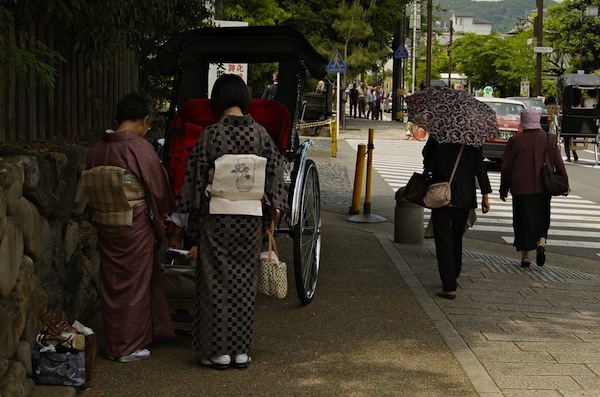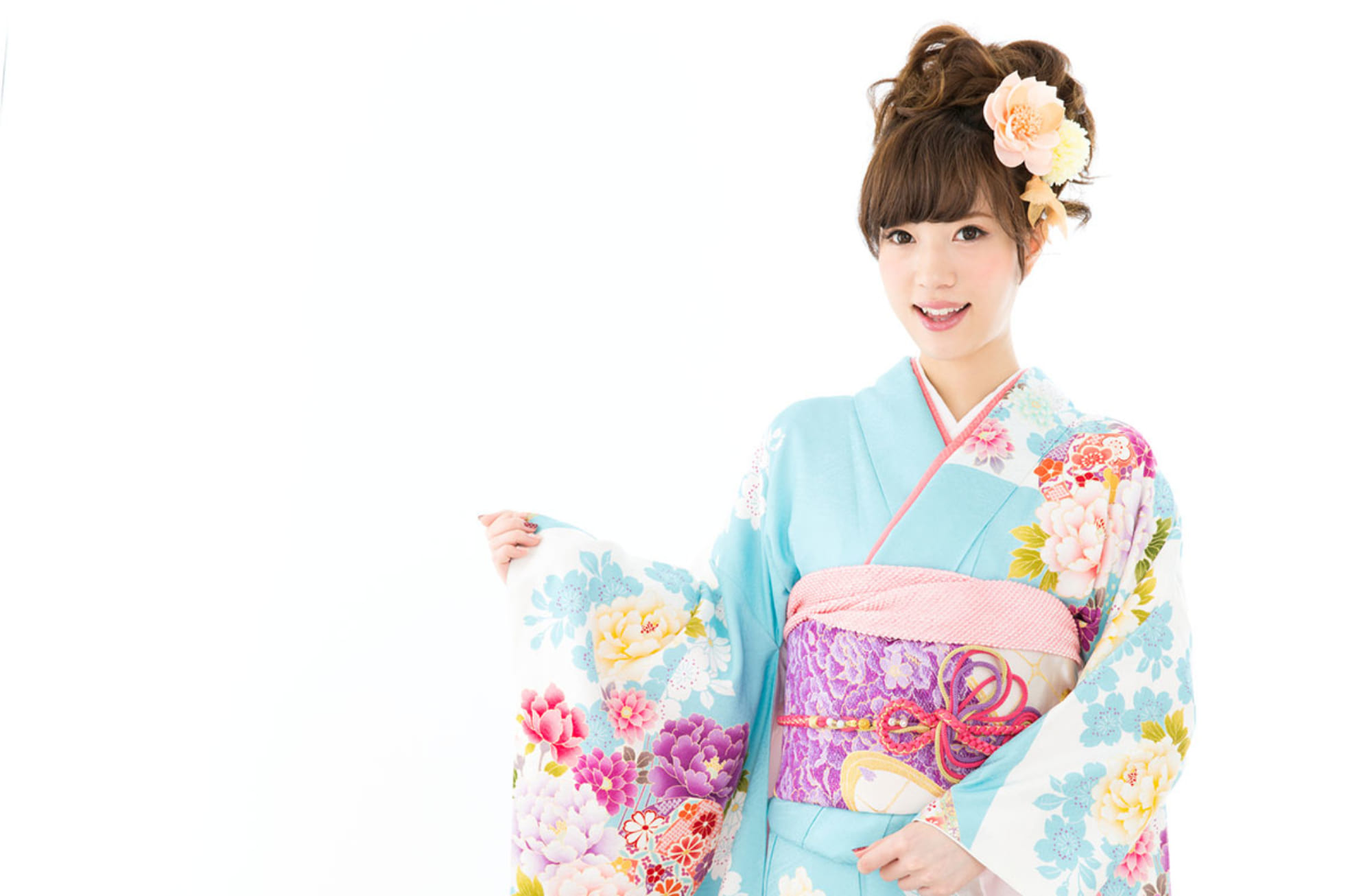
Shijira weave
Shijira weave is a type of grained cloth, which is wrinkled on purpose by using the difference of thread’s tension or the thickness. Or, it describes the type of texture.
The most famous production area is Awa (now Tokushima prefecture), and is said to be originated in the beginning of Meiji era.
It is said that a woman living in Awa invented it, and according to the story, a cotton cloth became wet in the rain, and when she dried it under the sun, she saw interesting grains forming by the shrinking of the cloth; inspired by this, she made some improvement resulting this type of weave. Because of its origin, Awa-shijira is basically made of cotton. They are flat woven, but some warps are consisted of several threads, and by this unbalance the grain is formed. In other regions, shijira is woven with various materials , and for example, Hamamatsu in Shizuoka prefecture is famous for cotton/hemp shijira. Shijira weave is suitable for summer kimonos, for the contact area with your skin is small, and it doesn’t cling damply on you by your sweat. Moreover, inexpensive mass production items are also made, and are used in bed sheets, etc.
